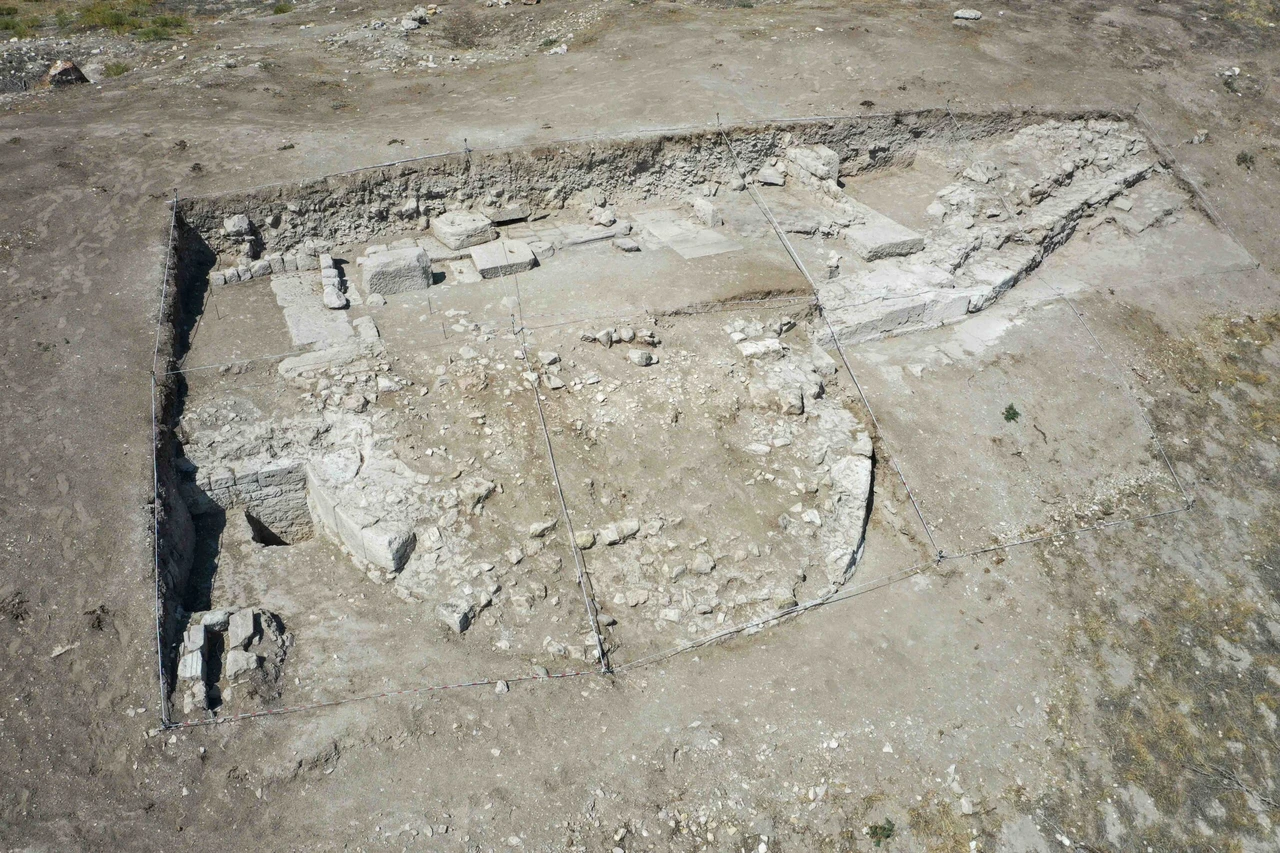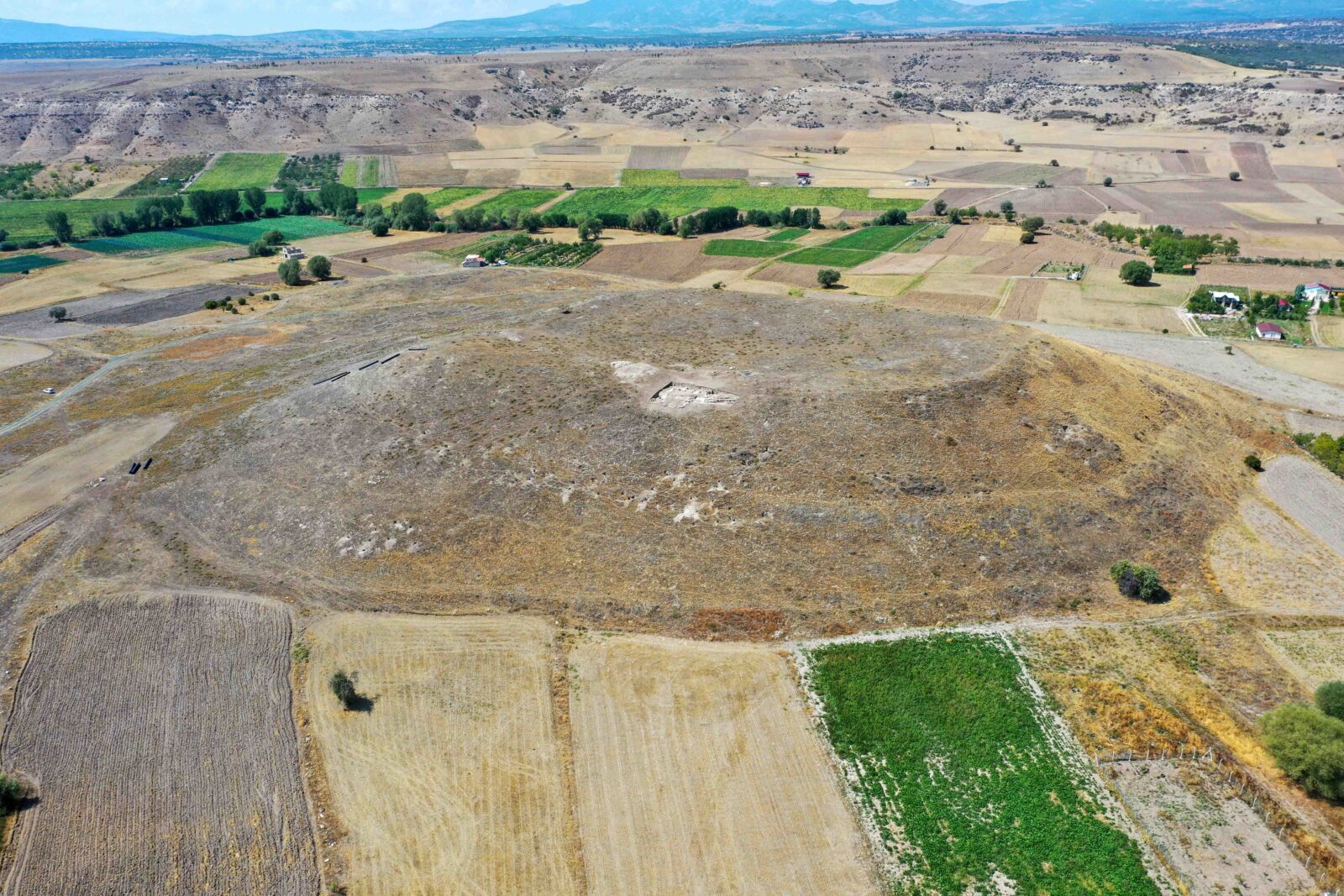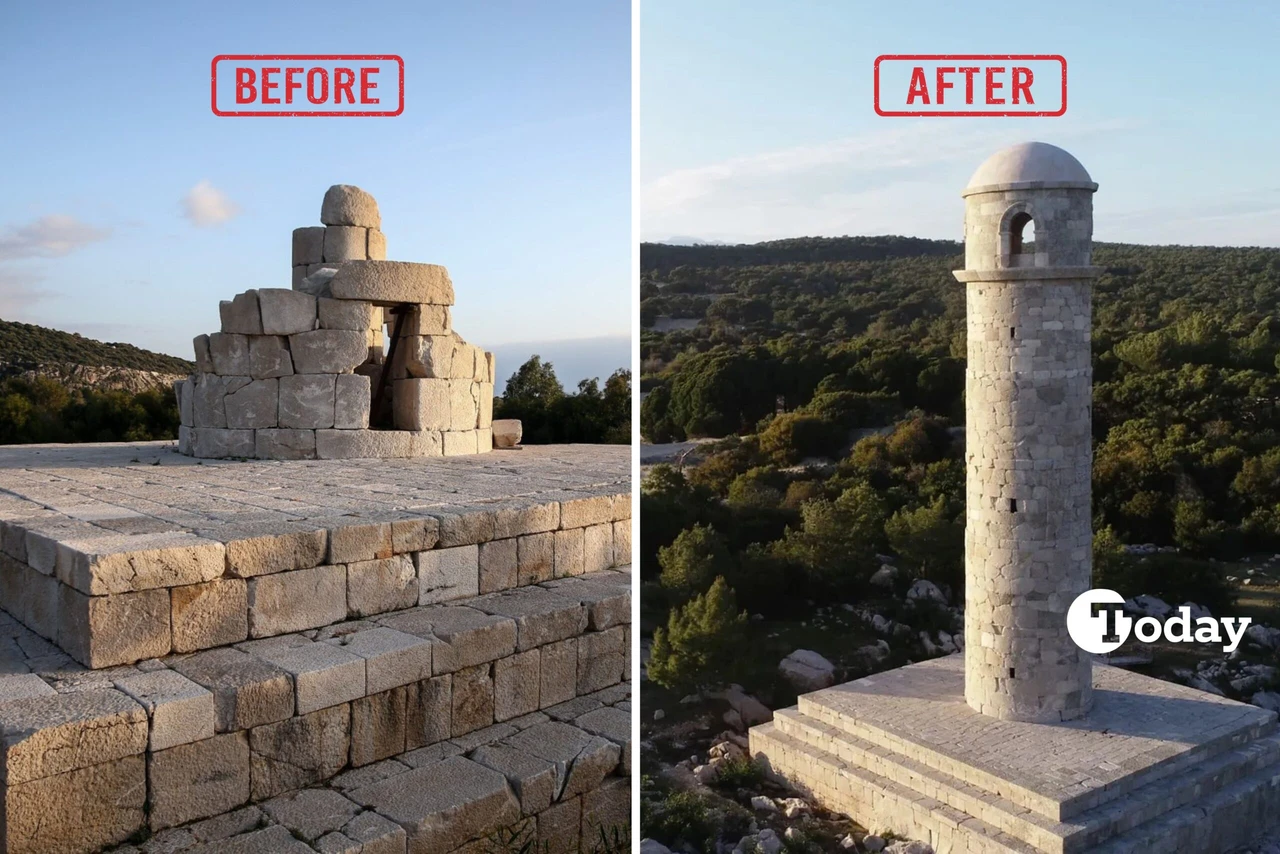Archeologists reveal ancient Christian history at Türkiye’s Lystra
 Excavations at ancient city of Lystra, one of the most important cities in the history of religions and Christianity, Konya, Türkiye, September 1, 2024 (AA Photo)
Excavations at ancient city of Lystra, one of the most important cities in the history of religions and Christianity, Konya, Türkiye, September 1, 2024 (AA Photo)
Lystra, a city steeped in ancient history, is finally being brought to light. This historic metropolis, a key player in both religious and world history, has been the subject of intense archaeological interest for over 150 years. Now, excavations are underway, promising to reveal the secrets of this lost city and rewrite our understanding of ancient civilizations.
Konya Mayor Ugur Ibrahim Altay, Necmettin Erbakan University rector professor Cem Zorlu, and Meram Mayor Mustafa Kavus personally visited the excavation site, expressing their admiration for the remarkable artifacts already discovered.
Lystra, once a significant Roman colony and an important site in Christian history due to the visit of Saint Paul, is now being carefully excavated by a team of experts. The significance of this site is heightened by its mention in the Bible, making it a revered destination for Christians worldwide. Despite the early stages of the excavation, valuable artifacts have already surfaced, hinting at the treasures yet to be discovered.

Global spotlight on Lystra
Meram Mayor Mustafa Kavus highlighted that Lystra, located in the Hatunsaray region of Meram, is a site of global importance. Despite the limited visibility of the ruins, artifacts from Lystra have adorned museum walls worldwide.
Kavus emphasized that the ongoing excavations, supported by the Konya Metropolitan Municipality, Necmettin Erbakan University, the Ministry of Culture and Tourism, and the Meram Municipality, are crucial for both Anatolian and global history.
He stated, “As the artifacts are uncovered, we anticipate a surge in tourists eager to witness the history of this ancient city. Our goal is not only to shed light on history but also to boost tourism. Together with the excavations at Kilistra, Karahuyuk, and Sukran, Konya will become a major tourist attraction, multiplying the city’s share in tourism.”
Long-awaited discovery of Christian history
Professor Cem Zorlu, rector of Necmettin Erbakan University, expressed his gratitude that the long-awaited excavations at Lystra have finally commenced.
He underscored the importance of this site, stating, “Lystra has been a focal point for historians and archaeologists for over 150 years. Although many attempts have been made, it is our team that has been fortunate enough to uncover this site. The discoveries made in such a short time are just the beginning, and we expect many more significant findings. This excavation will establish Lystra as a key destination in world history, religion, and Christian heritage.”

Konya’s vision for a tourism hub
Konya Mayor Ugur Ibrahim Altay emphasized the city’s ambition to transform Konya into a thriving tourist destination. “Konya has been a center of life and urbanization for 10,000 years. From Catalhoyuk to Lystra, our city boasts numerous historical sites that set it apart,” he stated. “Our goal is to increase the number of days tourists spend in our city, thereby boosting the local economy. Lystra is a key part of this vision, and we are committed to revealing its treasures to the world.”
After their statements, Mayor Altay, Kavus toured the excavation site and examined the artifacts. The excavation is being led by associate professor Ilker Mete Mimiroglu, a faculty member of Necmettin Erbakan University’s Art History Department.



